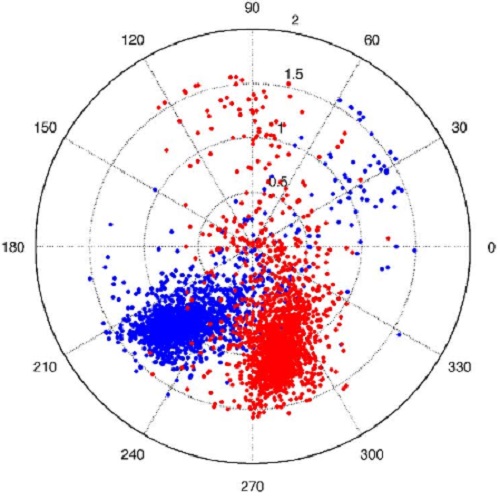Automated stitching of microtubule centerlines across serial electron tomograms.
Tracing microtubule centerlines in serial section electron tomography requires microtubules to be stitched across sections, that is lines from different sections need to be aligned, endpoints need to be matched at section boundaries to establish a correspondence between neighboring sections, and corresponding lines need to be connected across multiple sections. We present computational methods for these tasks: 1) An initial alignment is computed using a distance compatibility graph. 2) A fine alignment is then computed with a probabilistic variant of the iterative closest points algorithm, which we extended to handle the orientation of lines by introducing a periodic random variable to the probabilistic formulation. 3) Endpoint correspondence is established by formulating a matching problem in terms of a Markov random field and computing the best matching with belief propagation. Belief propagation is not generally guaranteed to converge to a minimum. We show how convergence can be achieved, nonetheless, with minimal manual input. In addition to stitching microtubule centerlines, the correspondence is also applied to transform and merge the electron tomograms. We applied the proposed methods to samples from the mitotic spindle in C. elegans, the meiotic spindle in X. laevis, and sub-pellicular microtubule arrays in T. brucei. The methods were able to stitch microtubules across section boundaries in good agreement with experts' opinions for the spindle samples. Results, however, were not satisfactory for the microtubule arrays. For certain experiments, such as an analysis of the spindle, the proposed methods can replace manual expert tracing and thus enable the analysis of microtubules over long distances with reasonable manual effort.

- PLoS ONE 2014 Dec 01;9(12):e113222
- 2014
- Image Processing
- 25438148
- PubMed
Enabled by:
